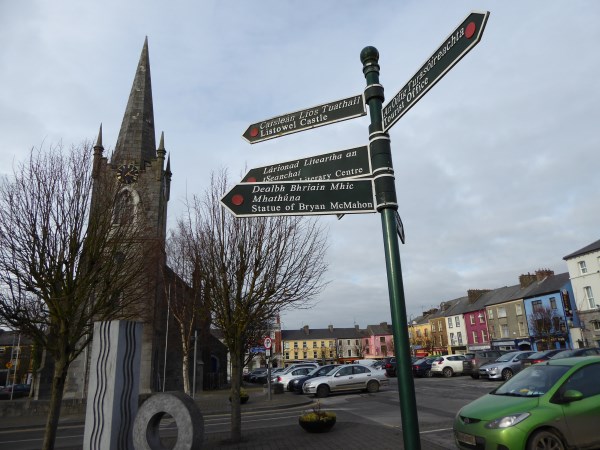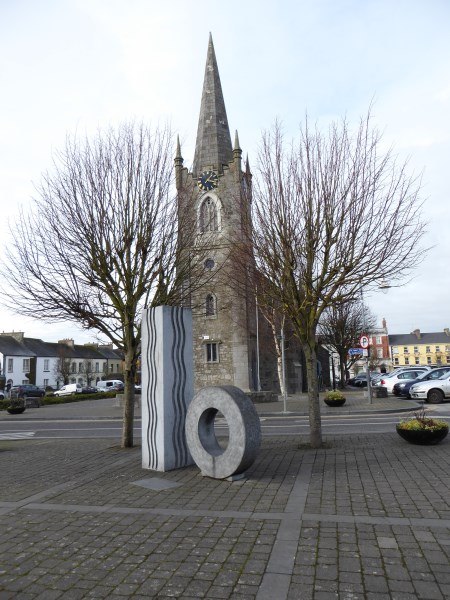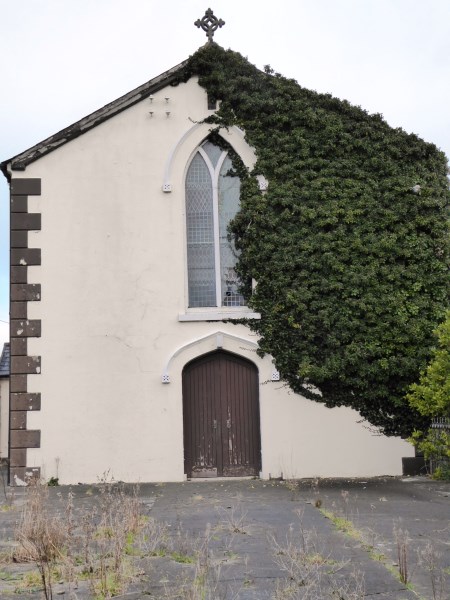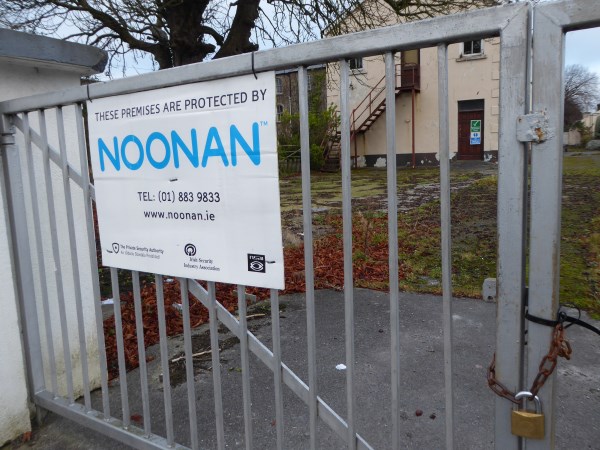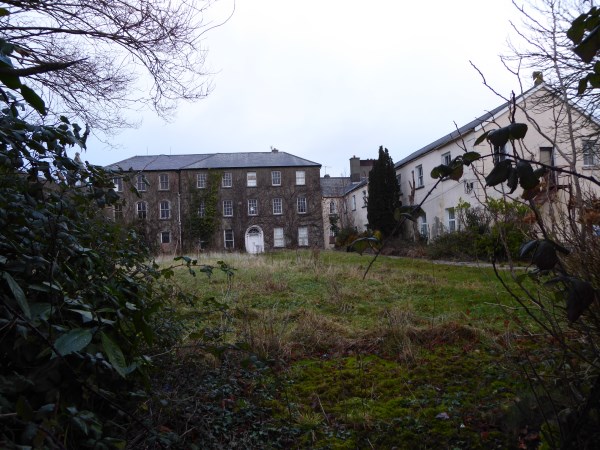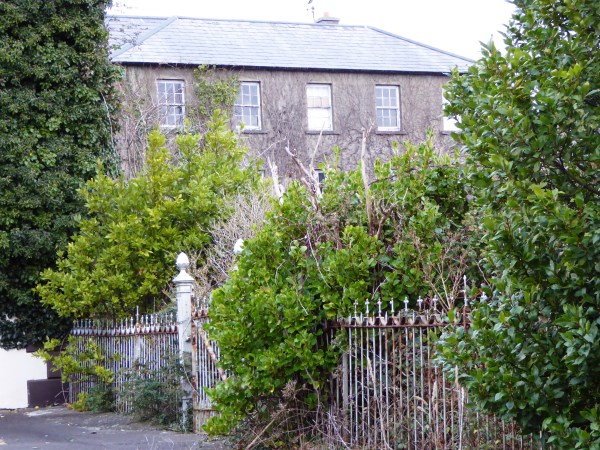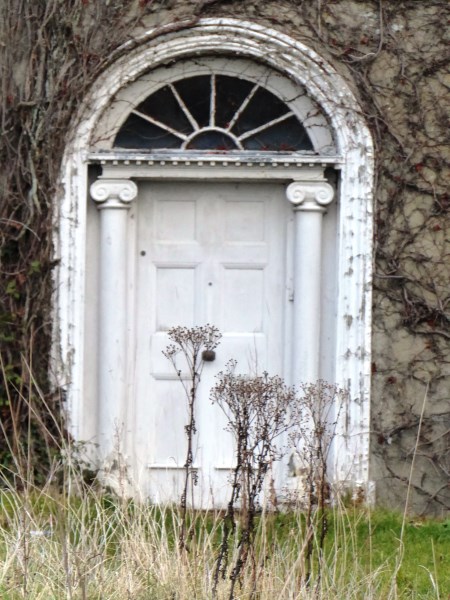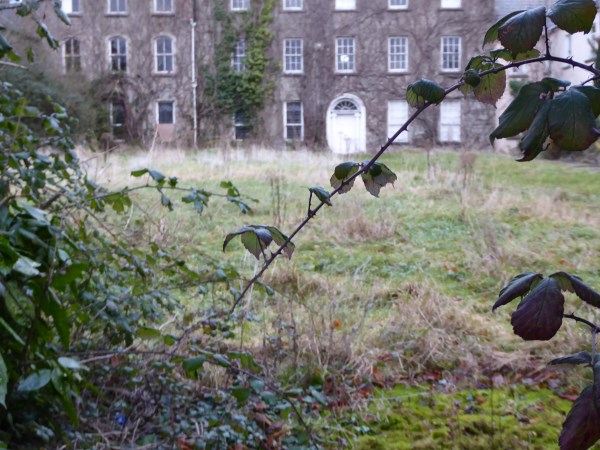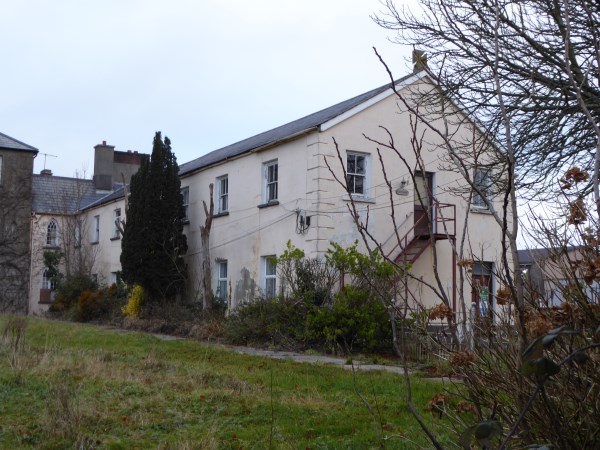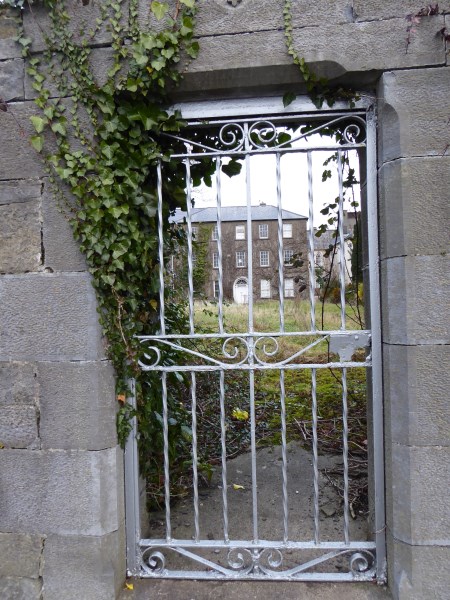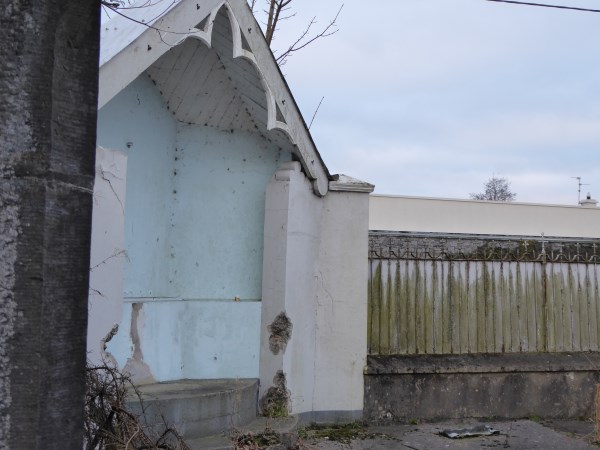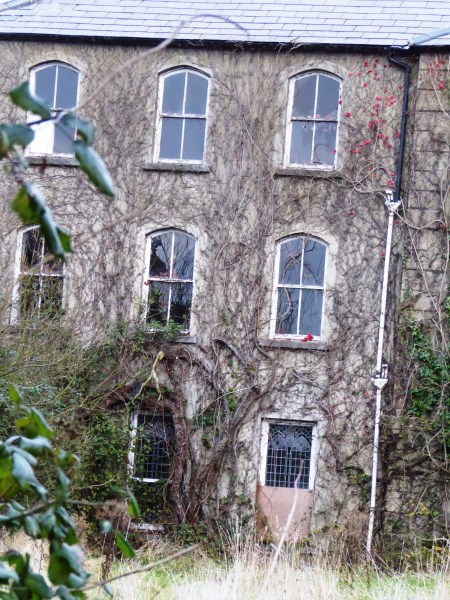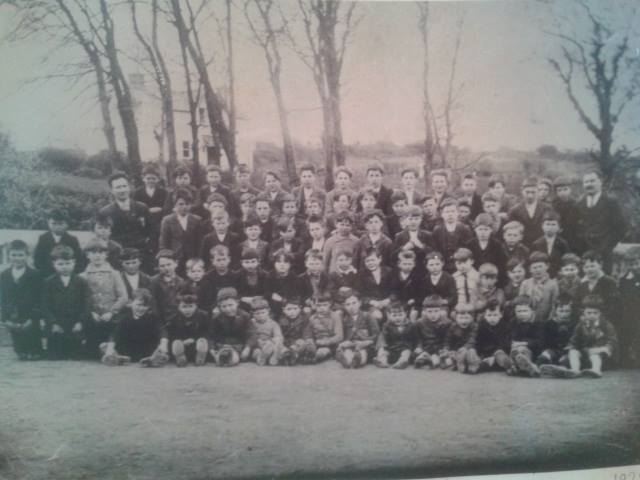November 2016 in The Black Valley


Photos; Catherine Moylan
<<<<<<
Listowel Nuns

I’m posting this in the hope that someone will recognise the sisters or the priests with them. The photograph is Mike Hannon’s
<<<<<<
NEKD is Moving

Work is ongoing at the old post office in William Street. It is to be the new home of NEKD or so I’m told.
<<<<<<
They Stretched in Never-ending Line…..

along the margin of the pitch and putt course. Though not quite as picturesque as Wordsworth’s daffodils, Listowel’s fluttering and dancing narcissi brighten up the town park these days.

There is a new line of trees along by this path as well which will act as a shelter belt and a new defining line to the pitch and putt course.
<<<<<<
We do Death well in Ireland
I’m told that at one time in Ireland when a person died, the first person to be contacted was the priest and the sacristan. People usually died at home and, since the priest would have visited the sick person to administer Extreme Unction, he would be expecting the call. The sacristan would ring the church bell to spread the news, three tolls of the bell for a man and two for a woman. The news of the identity of the deceased would spread by word of mouth. The creamery was a place where many heard the news.
In every parish there was usually at least one woman who took on the task of washing and laying out the corpse. There was no embalming in those days. There is a very poignant chapter in Peig Sayers much maligned autobiography in which she describes having to wash and lay out the body of her young son who had fallen to his death from a rough ledge on The Great Blasket while trying to collect fuel for their meagre fire.
The dead man was usually dressed in a brown garment known as a “Habit”. This was purchased especially for the purpose. Women sometimes had a blue one if they were members of the Sodality of Our Lady. These women were known as Children of Mary and it was an honour to be allowed to join this sisterhood. They wore a blue cloak and a veil in the Corpus Christi procession. Rosary beads and scapulars were entwined through the fingers of the dead person. There was always at least one wax candle alight to light a path for the soul to Heaven.
In the house of the dead person mirrors were covered and the clock was stopped. A black crepe ribbon was attached to the henhouse door. This custom was called telling the hens.
As soon as the corpse was laid out the wake began. Neighbours, family and friends came and went from then until the burial. The family was never left alone. Drink had to be supplied to the mourners, port for the women, whiskey for the men and a mineral for the children or teetotallers. At one time clay pipes and snuff were also part of the ritual.
It was considered bad luck to open a grave on Monday so if the death occurred on Saturday or Sunday, a sod would be turned on the grave on Sunday. The neighbours usually dug the grave. The hearse was horse drawn and the priests wore white sashes and a white ribbon round their hats.
I have heard of a custom that others don’t seem to know too much about so maybe I dreamed it. The clothes of the deceased were given to a close friend and he had to wear them to mass for three consecutive Sundays. It was an honour to be asked to wear the clothes.
Black was the colour of mourning. A widow wore black for a full year after the death of her husband. Some women never again wore coloured clothes. The men of the family wore a black diamond on the sleeves of their jackets. Widows had a special place in the community and got a lot of help from neighbours. Some widows remarried as they were often bereaved while still young and needed the help and protection of a man. A wealthy widow was often a good catch.
All of this is changed now .
<<<<<<<
At The Convent
I was back at school last week. Planting on the front lawn has come on well and the foundation stone is now surrounded by a beautiful halo of heather.


I pointed my camera over the wall towards the convent. The lower windows of the convent chapel are now completely covered in ivy. The once beautiful garden is overgrown and untidy and the railing is falling down.



<<<<<<
Smalltown nominated for an IFTA in Best Drama category

Photo of Smalltown team from Facebook

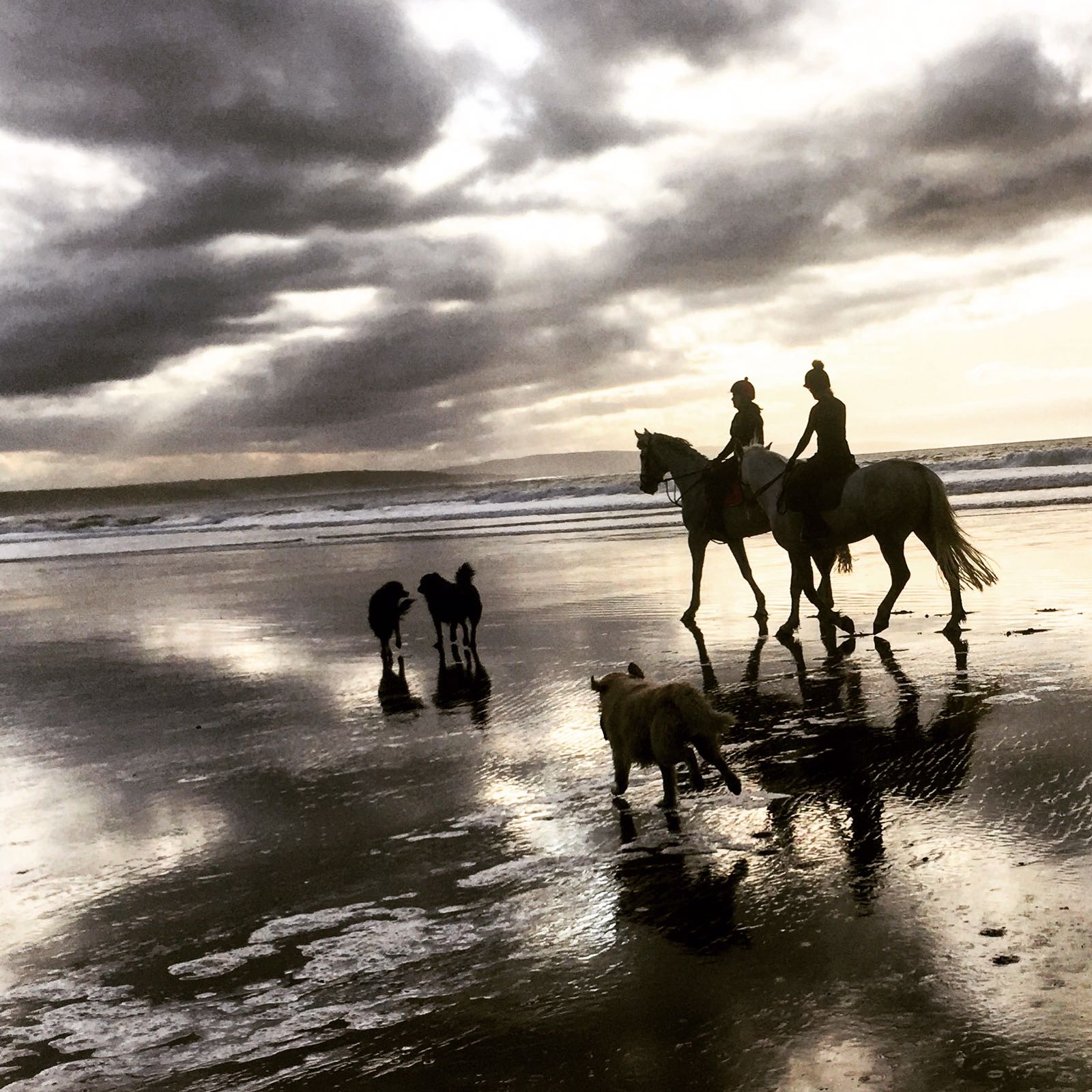
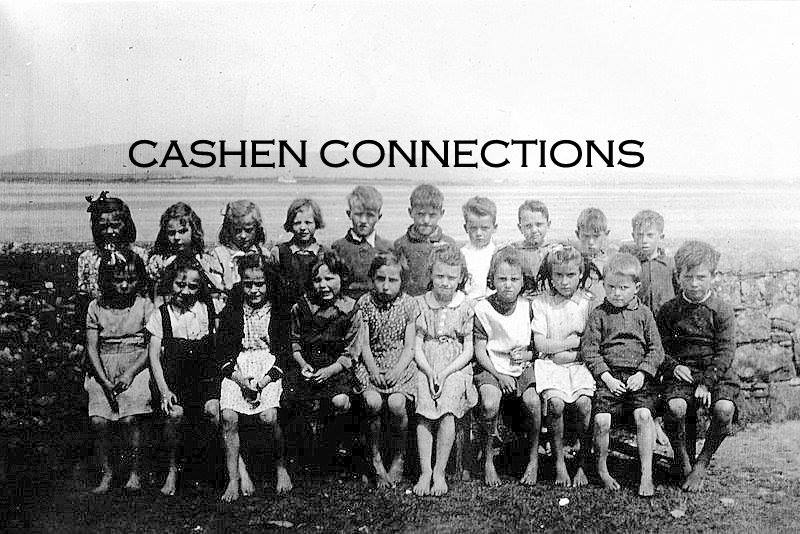
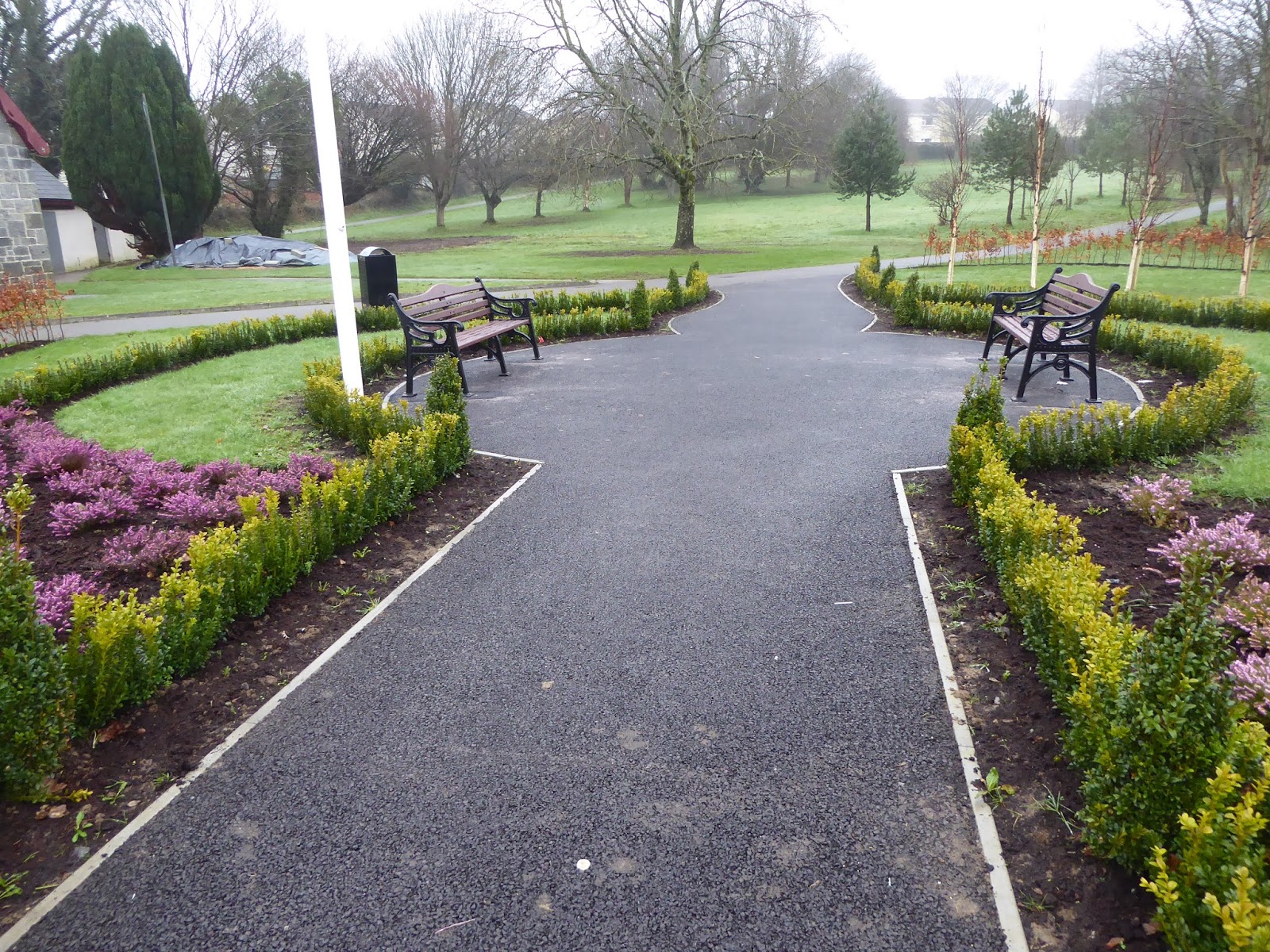
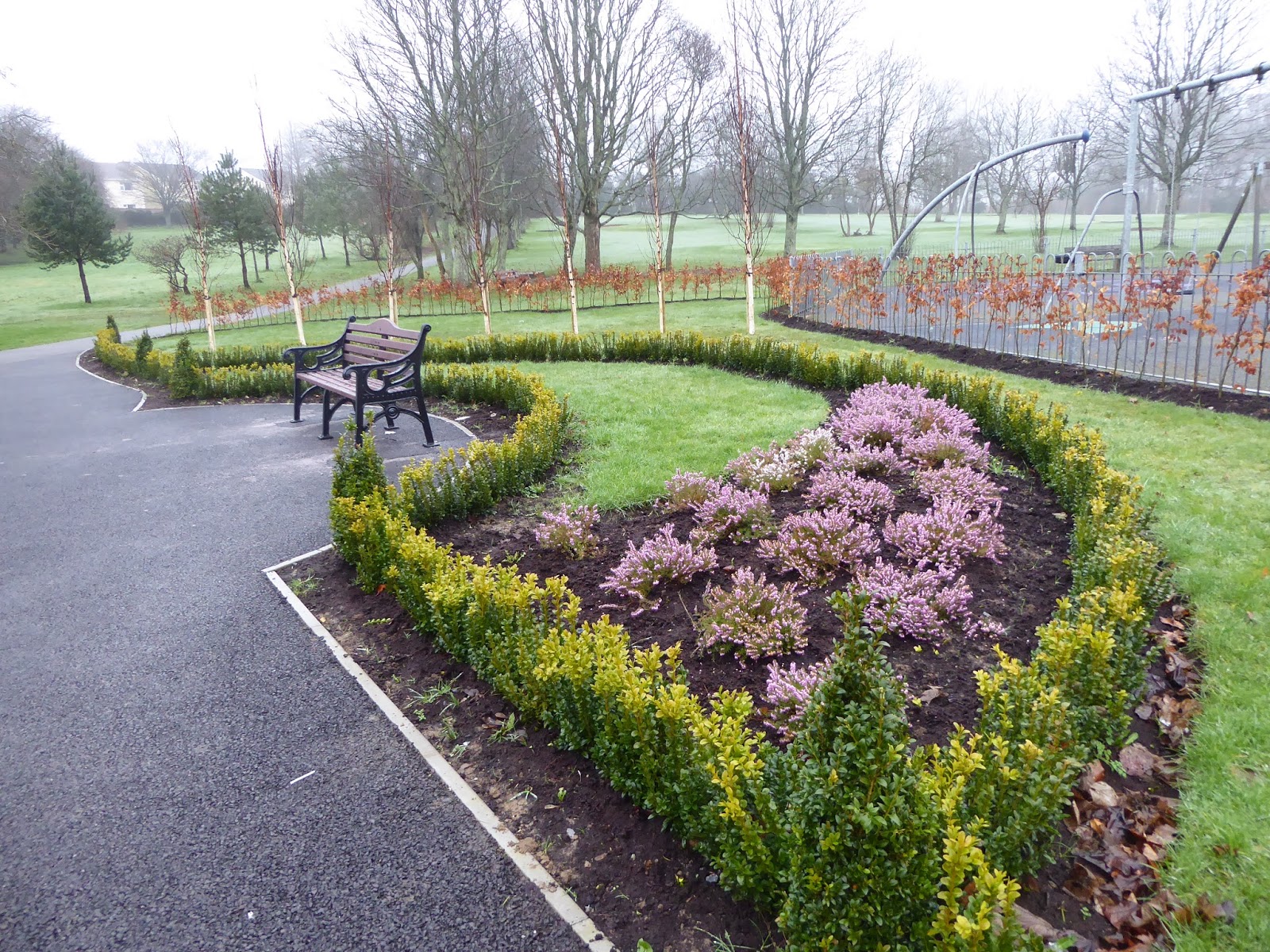
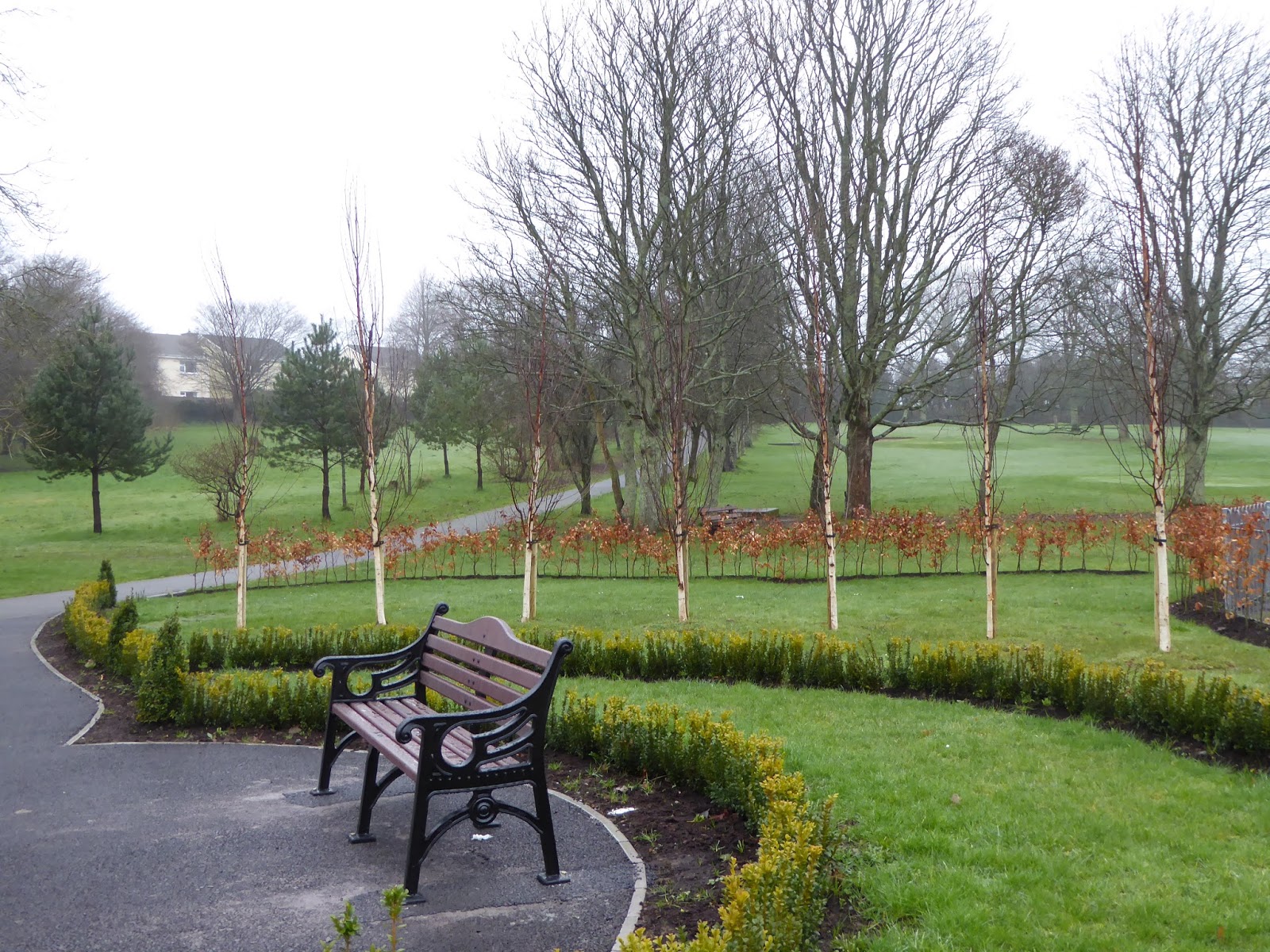
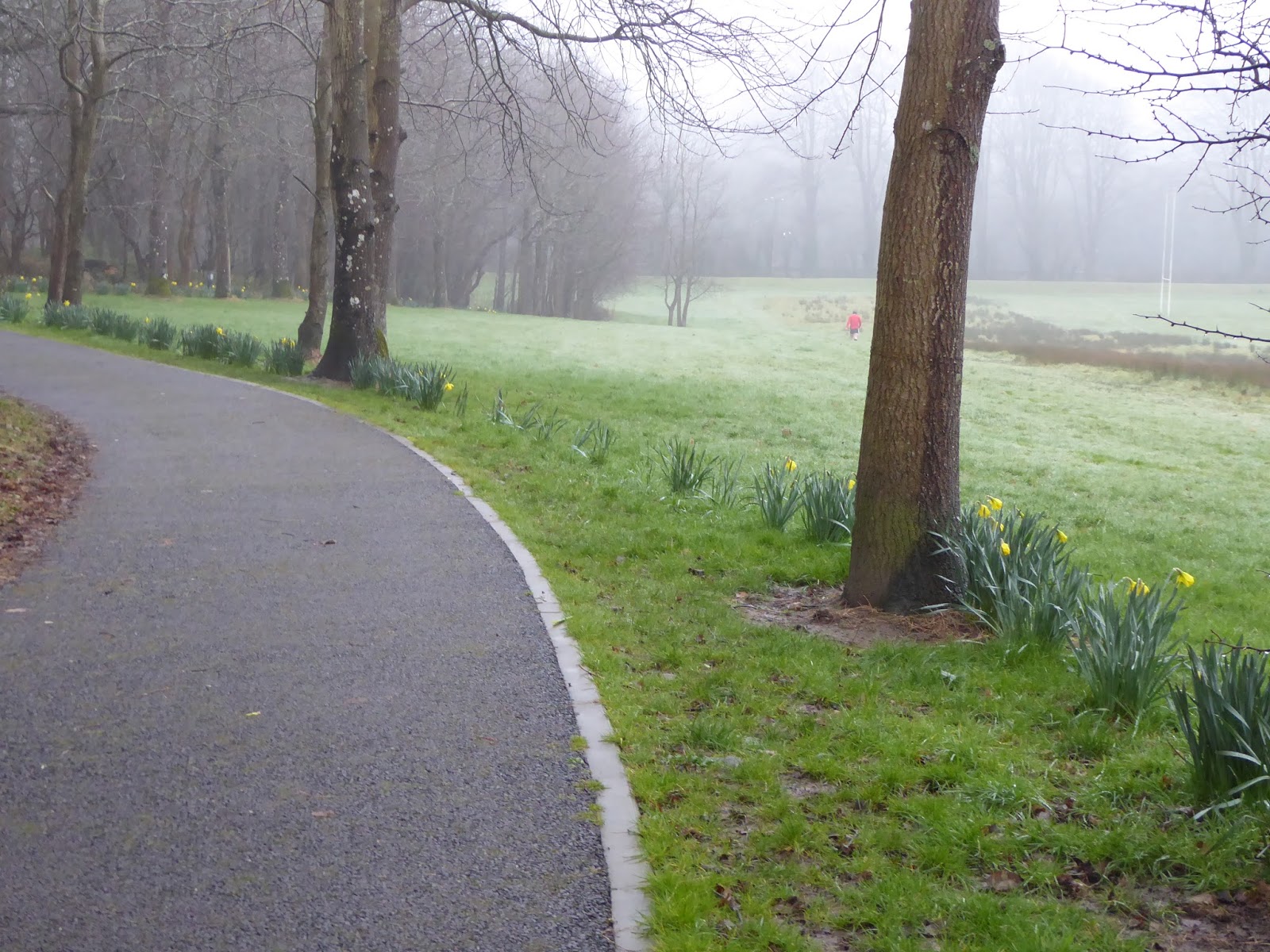
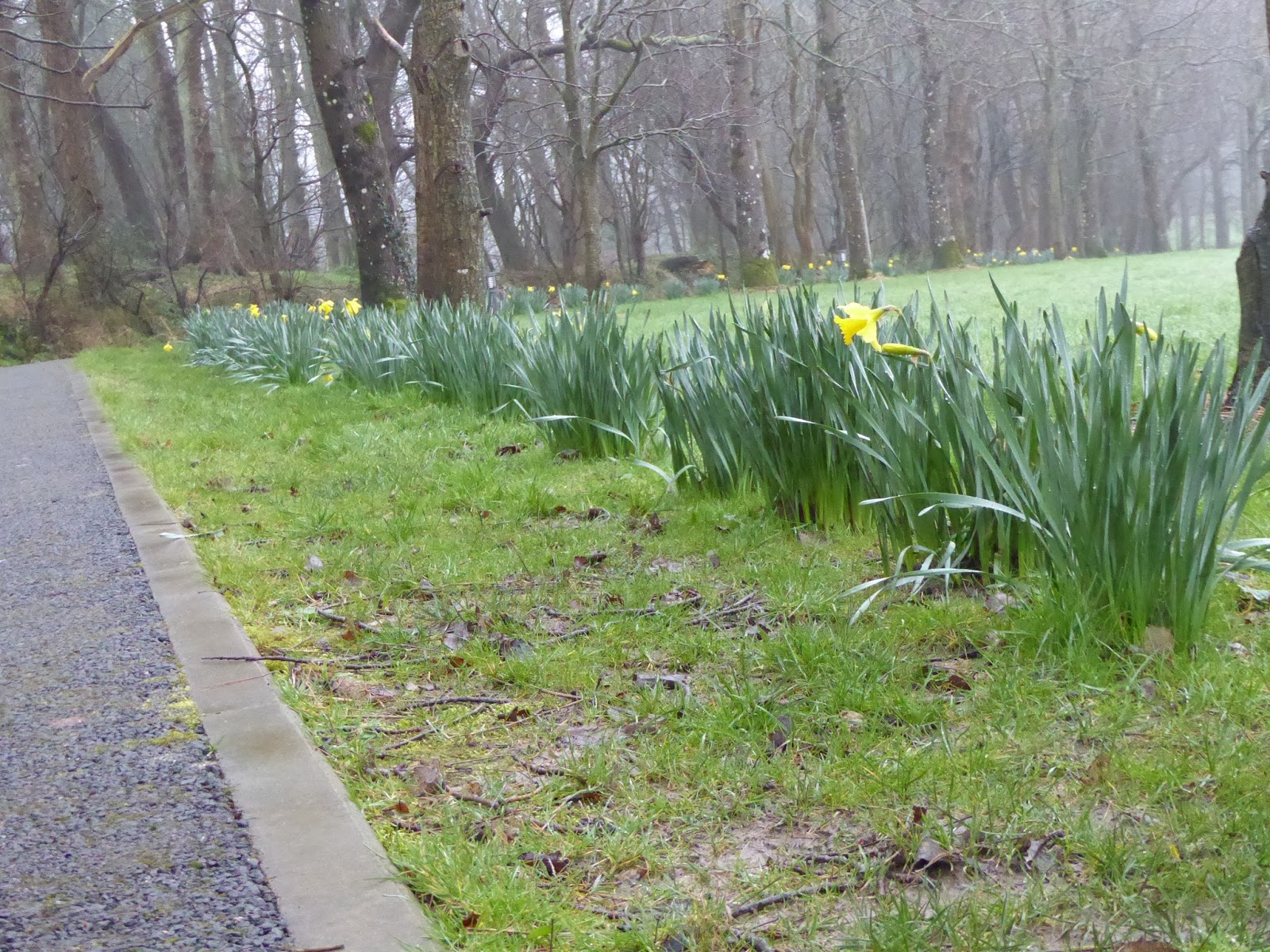
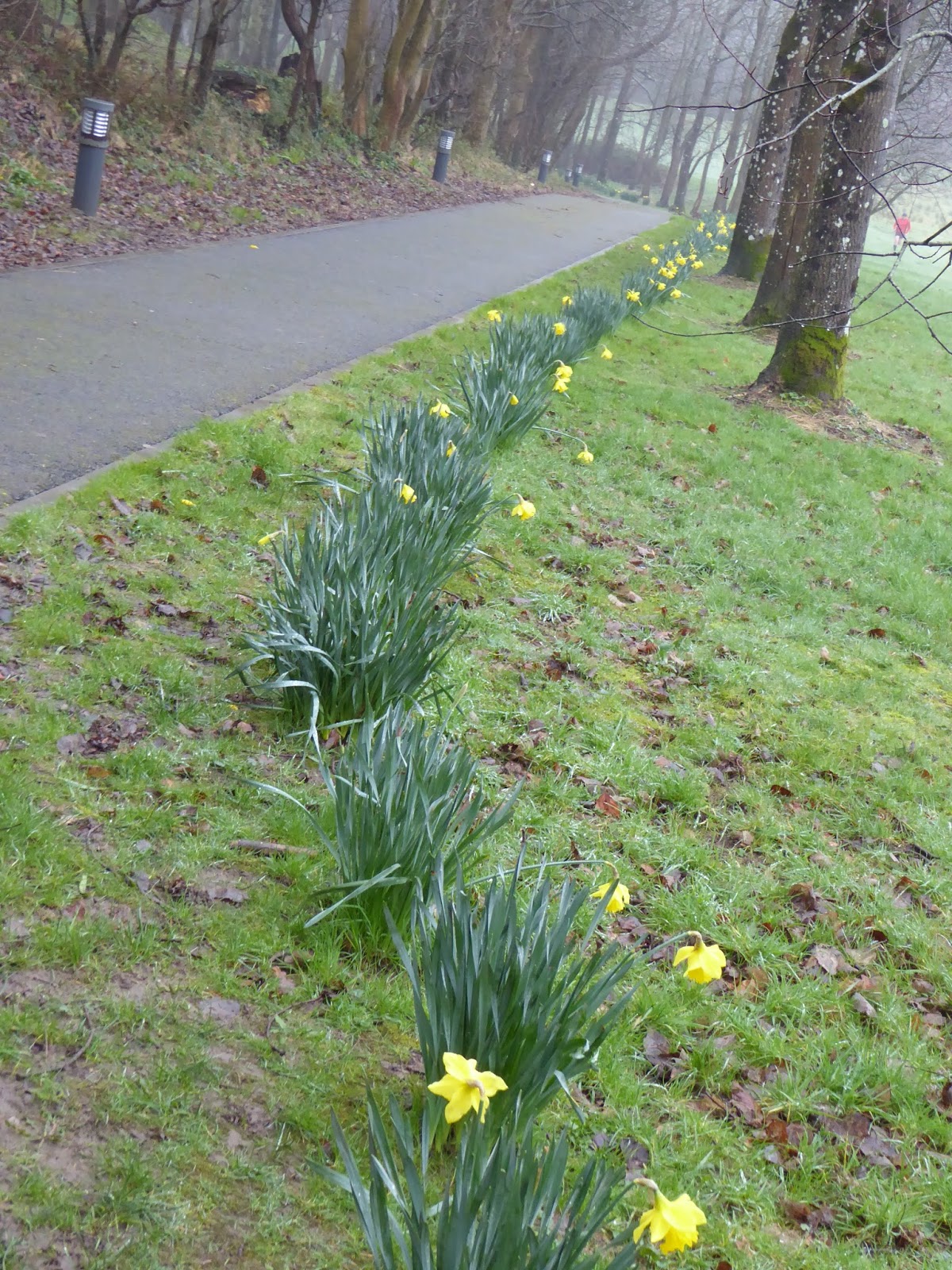
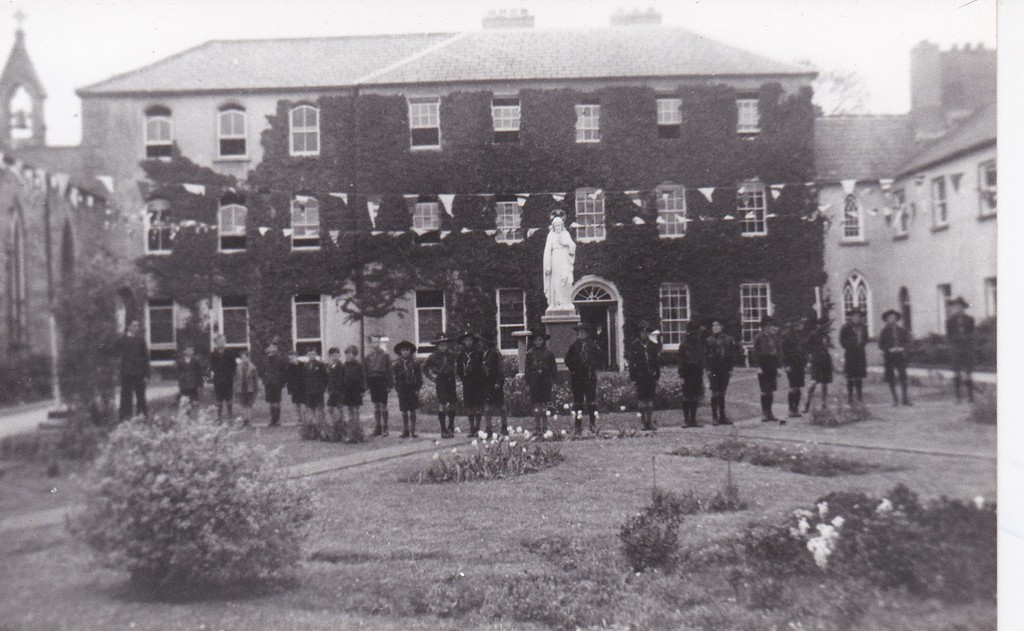










 Maura”
Maura”



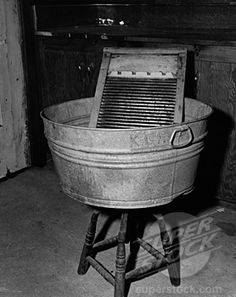
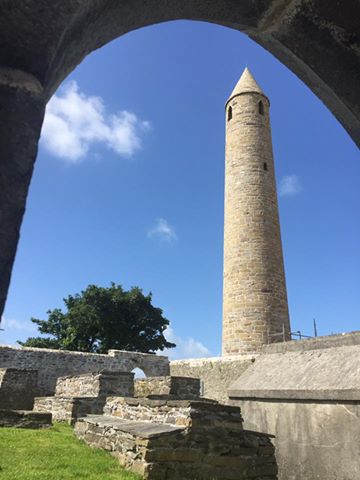


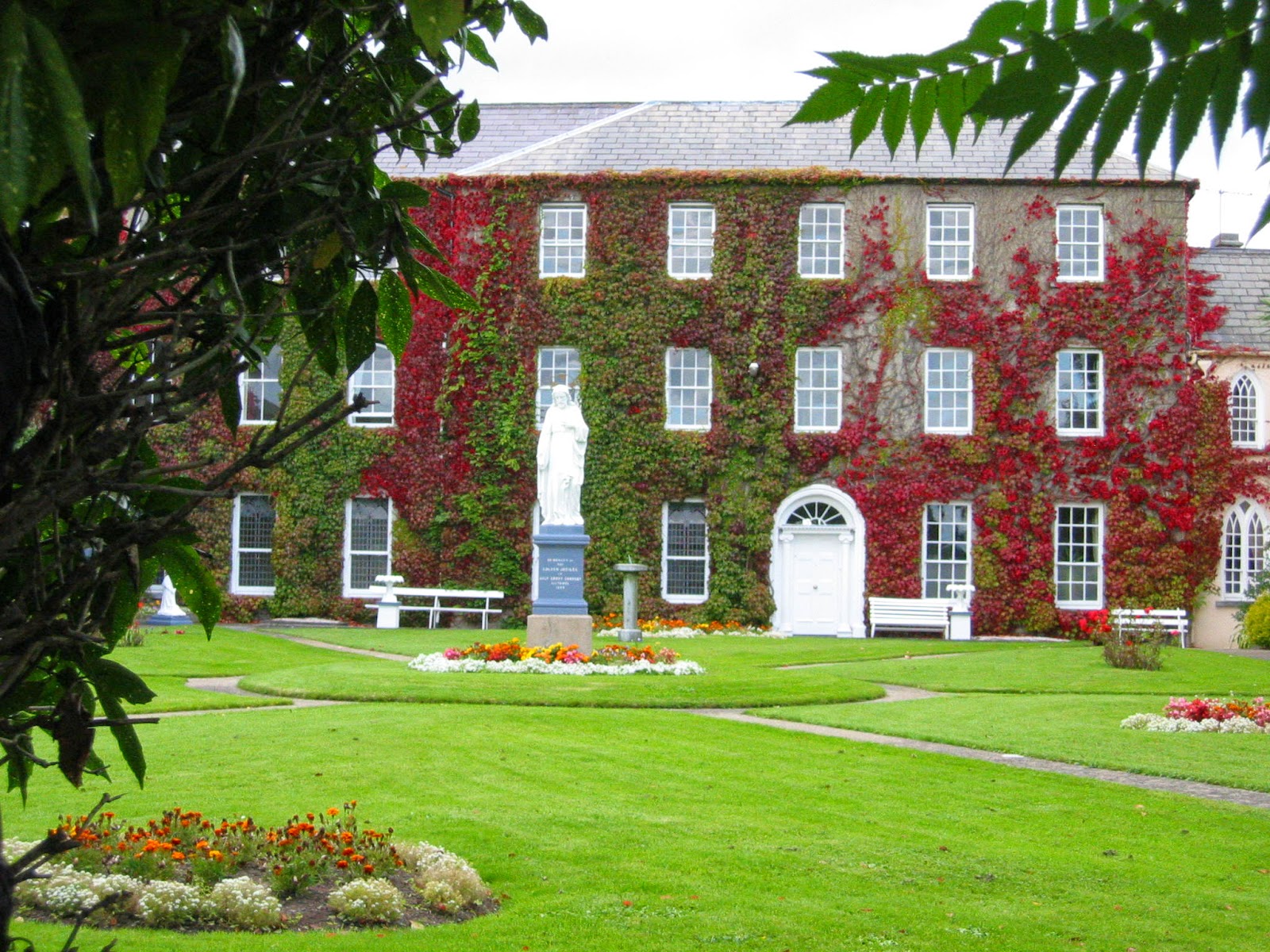


 (Catherine Nolan)
(Catherine Nolan)